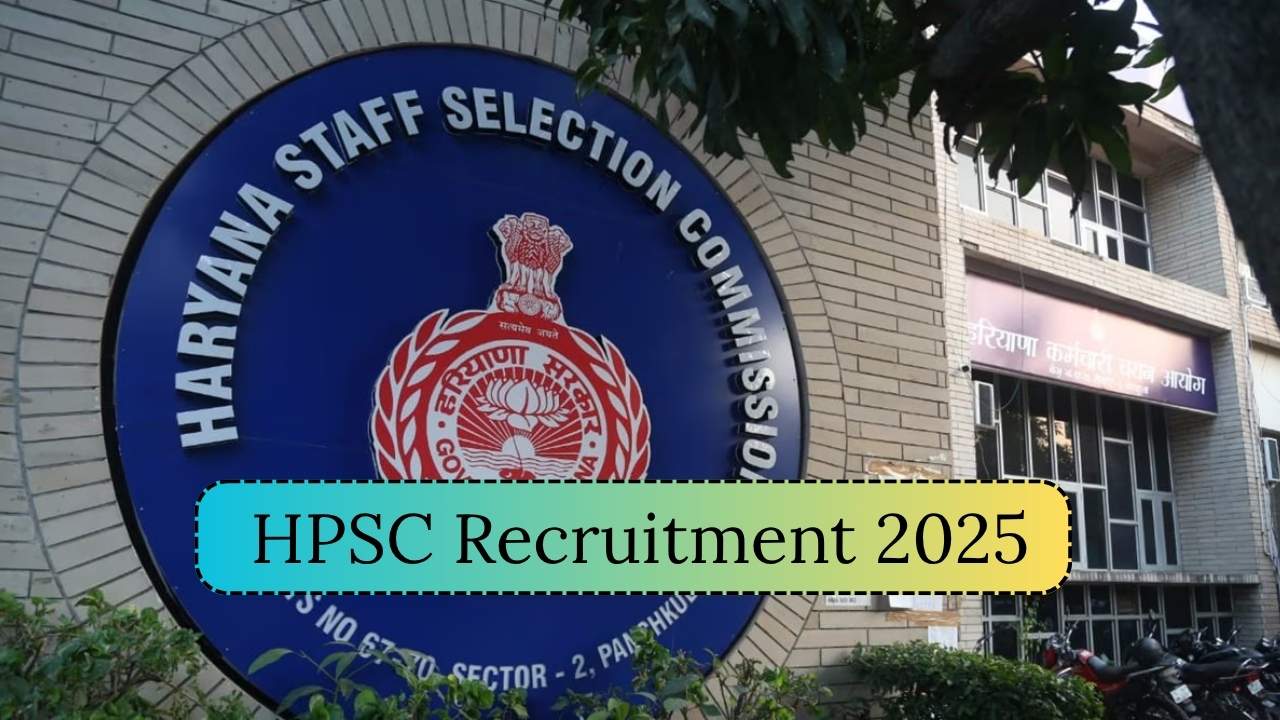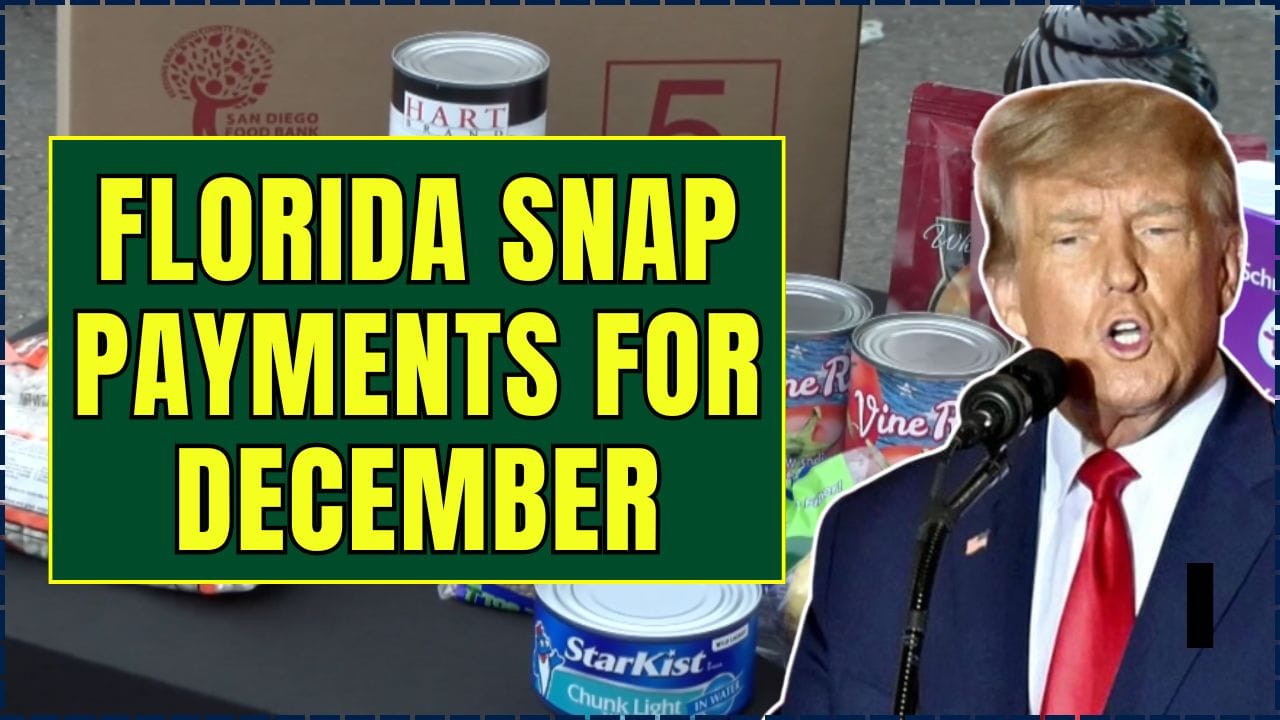The glow of a wildfire on a distant ridge is a sight that has become all too familiar across the American West. It’s a symbol of immense power, a source of deep-seated anxiety, and a stark reminder of our complex relationship with the natural world. For the communities nestled within the steep canyons and forested slopes of California’s South Fork of the American River (SOFAR) watershed, this reality is not distant; it is their backyard.
This is a landscape of profound beauty and immense value, supplying water to millions, powering homes, and offering world-class recreation. But a century of policy and a changing climate have also turned it into a tinderbox. For years, the default response to wildfire was simple: put it out. But in a place where fire is as natural as the granite cliffs, we now understand that this reactive stance is not enough.
A new approach is taking root—one that moves beyond simple suppression to proactive, holistic resilience. It’s a collaborative effort known as the South Fork of the American River (SOFAR) Cohesive Strategy, and it represents a fundamental shift in how we choose to live with fire.
BEYOND SUPPRESSION
How a California watershed is building a fire-resilient future through a proactive, collaborative strategy.
A Watershed at a Crossroads
The South Fork of the American River watershed faces unprecedented risk from wildfire due to a century of fire suppression, a changing climate, and dense forests. The stakes are immeasurably high.
SOFAR Project Area
410,000
Acres
This vast area includes communities, the Highway 50 corridor, critical water and power infrastructure, and priceless natural resources.
A History Written in Fire
Recent decades have seen a dramatic increase in large, destructive fires, exposing vulnerabilities and creating an undeniable urgency for change.
Caldor Fire: Devastated communities, forced mass evacuations.
King Fire: Burned with terrifying speed through the northern watershed.
Cleveland Fire: A major fire event along the Highway 50 corridor.
Wrights Fire: One of several large fires of its era.
A New Playbook for Wildfire
The SOFAR Cohesive Strategy is a proactive approach built on three interconnected pillars. It’s a fundamental shift from reacting to fires to actively building resilience across the entire landscape.
Pillar 1: Resilient Landscapes
Helping the forest itself become healthier and better able to withstand fire through active management like thinning and prescribed burns.
Distribution of landscape treatment efforts.
Pillar 2: Fire-Adapted Communities
Empowering residents and communities to take shared responsibility for living in a fire-prone environment through home hardening and planning.
Community preparedness program enrollment.
Pillar 3: Effective Response
Ensuring a unified, coordinated, and safe response when wildfires do occur by breaking down jurisdictional barriers before an emergency.
Inter-agency training participation.
The Power of Partnership
The greatest strength of the SOFAR Strategy is its people. A broad coalition of diverse stakeholders works together, understanding that the scale of the challenge requires an equally scaled response.
A Coalition of Stakeholders
The collaborative includes government agencies, private industry, conservation groups, and local organizations, all with a shared commitment to the watershed.
A Structure Built for Action
Focused committees and working groups ensure that planning is translated into meaningful work on the ground.
SOFAR Collaborative
(Overall Governing Body)
Steering Committee
(Provides day-to-day guidance)
Landscape Vision
Community & Workforce
Infrastructure & Biomass
A Watershed at a Crossroads: The Birth of the SOFAR Strategy
The need for a new playbook did not emerge from a vacuum. It was born from a landscape pushed to its limits, where historical legacies and modern pressures converged to create an environment of unprecedented risk.
A Legacy of Risk
For generations, we treated every fire as an enemy. Wildfire suppression policies, while well-intentioned, removed a critical natural process from the Sierra Nevada ecosystem. Without the frequent, low-intensity fires that once cleared out underbrush and smaller trees, our forests grew unnaturally dense. Today, many areas have hundreds of trees per acre where only dozens once stood. This massive buildup of fuel means that when fires do start, they burn hotter, move faster, and are far more destructive than they would be historically.
This hazardous legacy is now amplified by powerful threat multipliers. Persistent drought stresses trees, making them more susceptible to ignition. Climate change brings higher temperatures and longer fire seasons. And widespread insect infestations, like the bark beetle epidemic, have left millions of dead, standing trees—perfect fuel waiting for a spark.
Within this volatile environment lie invaluable assets. We call them “values at risk,” and in the SOFAR watershed, the list is extensive. It includes the communities of Pollock Pines, Kyburz, and Grizzly Flats; the Highway 50 corridor, the primary artery to South Lake Tahoe; a complex network of reservoirs and canals that supply water and hydroelectric power; private timberlands; and priceless ecological and cultural resources. The stakes are immeasurably high.
Scars as Catalysts: The King and Caldor Fires
Theory and data can only tell part of the story. It was the visceral experience of megafires that truly galvanized the region into action. In 2014, the King Fire tore through the northern part of the watershed, demonstrating with terrifying speed how quickly a fire could move through the dense, drought-stricken landscape.
Then, in 2021, the Caldor Fire delivered an even more devastating lesson. It exploded in size, burning with an intensity that defied all previous models, forcing tens of thousands to evacuate and destroying the community of Grizzly Flats. These fires did more than just leave scars on the land; they exposed the vulnerabilities of the old approach and created an undeniable urgency for change. They proved that no single agency, landowner, or community could face this threat alone.
A New Playbook for Wildfire: The Three Pillars of the SOFAR Strategy
In response, leaders and stakeholders from across the watershed adopted the framework of the National Cohesive Wildland Fire Management Strategy. This approach organizes its mission around three core, interconnected goals. The SOFAR Collaborative actively pursues these pillars to build a safer, more durable future.
Pillar 1: Forging Resilient Landscapes
The first goal is to help the forest itself become more resilient. A resilient landscape is one that can survive a wildfire without catastrophic, ecosystem-altering effects. It is a forest that can withstand disturbances and continue to provide clean water, wildlife habitat, and other benefits.
The SOFAR partners achieve this through a variety of active management techniques. They implement strategic fuel reduction projects, carefully thinning overstocked forests to reduce the density of trees and remove “ladder fuels” that allow fire to climb into the canopy. They are also reintroducing “good fire” to the landscape through prescribed burns—controlled, low-intensity fires set under specific conditions to mimic the natural fire cycle. The goal is not to eliminate fire, but to restore its rightful role as a tool of renewal, creating healthier forests that are less prone to explosive megafires.
Pillar 2: Building Fire-Adapted Communities
The second pillar shifts the focus from the wildlands to the “human-natural interface,” where homes and communities meet the forest. This goal recognizes that people must take an active and shared responsibility for living in a fire-prone environment.
A fire-adapted community does more than just clear a few feet of defensible space. It is a community that embraces a comprehensive culture of preparedness. This involves “home hardening”—using fire-resistant building materials, installing ember-proof vents, and maintaining clean roofs and gutters. It means creating effective defensible space to give firefighters a safe area to work. Crucially, it also involves community-wide planning. SOFAR partners work with communities to develop Community Wildfire Protection Plans (CWPPs), which identify local risks and prioritize projects, like creating shaded fuel breaks or improving evacuation routes.
Pillar 3: Delivering a Safe and Effective Response
The final pillar addresses what happens when a wildfire does ignite. The goal is to ensure that all jurisdictions—federal, state, and local—participate in making and implementing safe, effective, and efficient risk-based fire management decisions.
Fire does not recognize property lines, and neither can the response. The SOFAR Collaborative fosters the communication and trust necessary for a truly unified command. This means that Cal Fire, the U.S. Forest Service, local fire departments, and other agencies are not just talking, but are actively planning and training together long before smoke is in the air. When a fire starts, they can make smarter, faster decisions that prioritize the safety of firefighters and the public while effectively protecting the values at risk that they have collectively identified.
The Power of Partnership: The People Behind SOFAR
The single greatest strength of the SOFAR Cohesive Strategy is its people. It is a broad and deeply committed coalition that understands that the scale of the wildfire challenge requires an equally scaled response.
The list of charter signatories and partners reads like a “who’s who” of the watershed. It includes government agencies like the Eldorado National Forest, conservation groups like The Nature Conservancy and the American River Conservancy, private timber companies like Sierra Pacific Industries, local water and power utilities like the El Dorado County Water Agency and SMUD, and grassroots organizations like the Pollock Pines-Camino Firesafe Council.
This diverse membership works together through a structure built for action. A Steering Committee provides overall guidance, while focused working groups tackle specific challenges. The Landscape Vision Committee provides the technical analysis for large-scale projects. The Community Development & Workforce Working Group explores ways to build the local, skilled workforce needed to accomplish this long-term stewardship. And the Infrastructure and Biomass Committee finds innovative ways to turn a problem—the millions of tons of excess woody biomass that fuel fires—into an opportunity for bioenergy and other sustainable products.
This structure allows the collaborative to speak with a unified voice, secure funding for cross-boundary projects, and build the trust necessary to get meaningful work done on the ground. It is a model of how to overcome gridlock and forge a path forward on one of the most complex environmental issues of our time.









